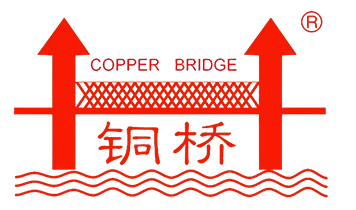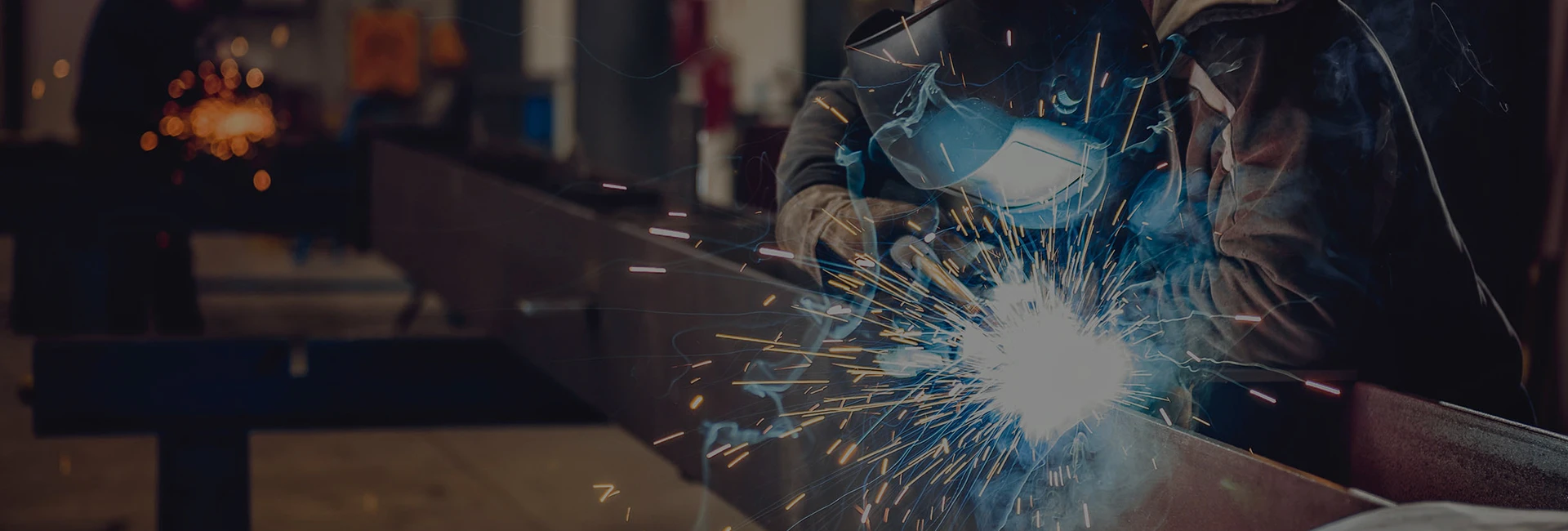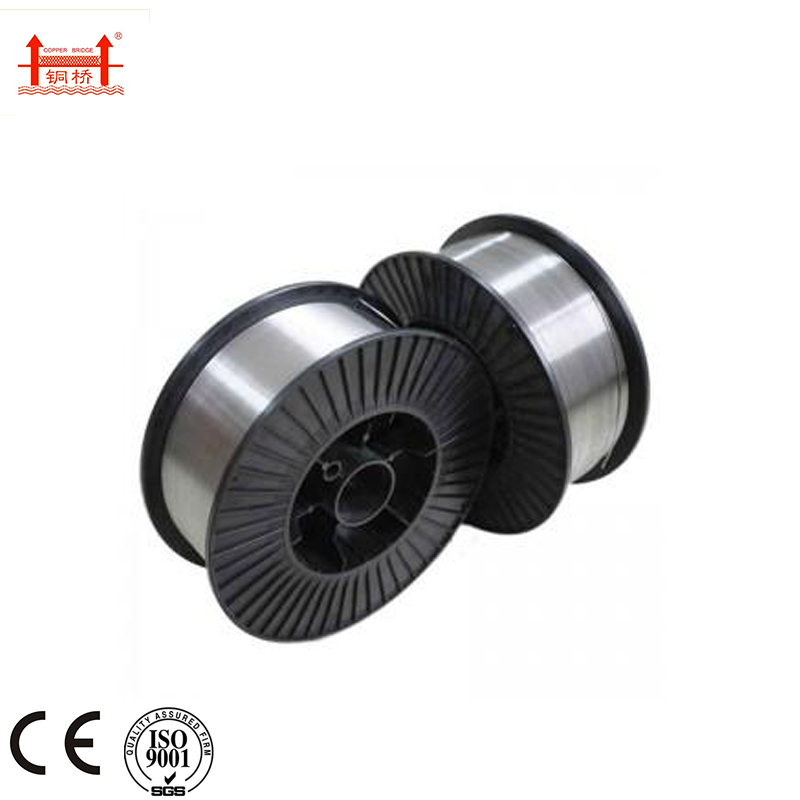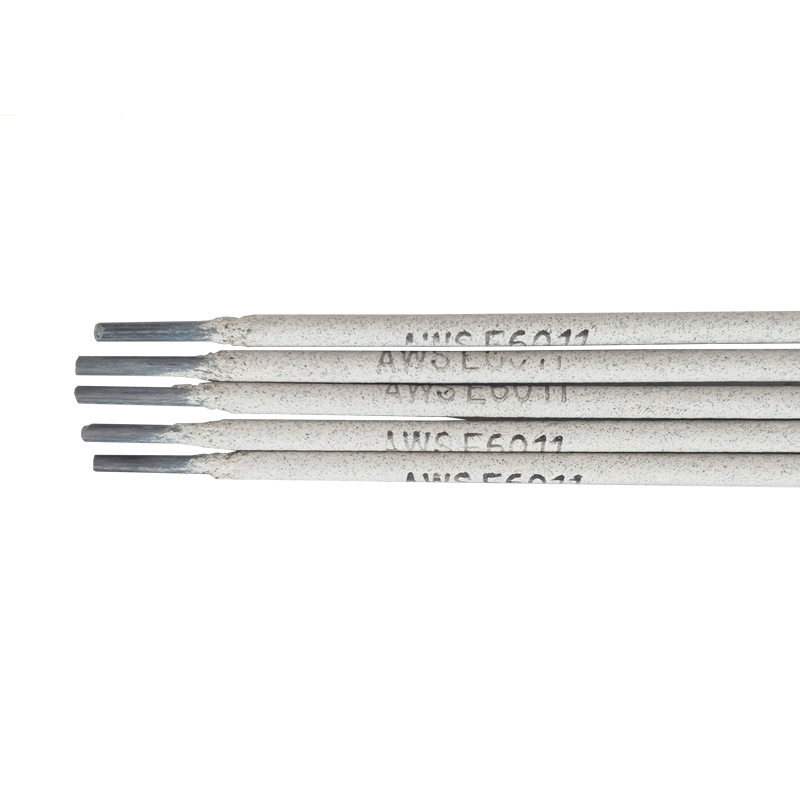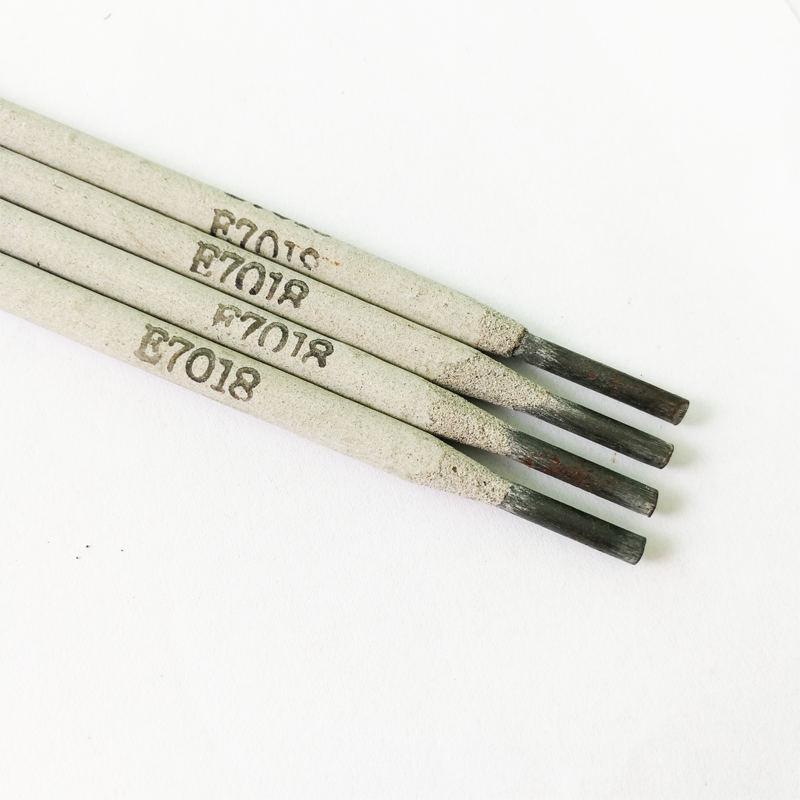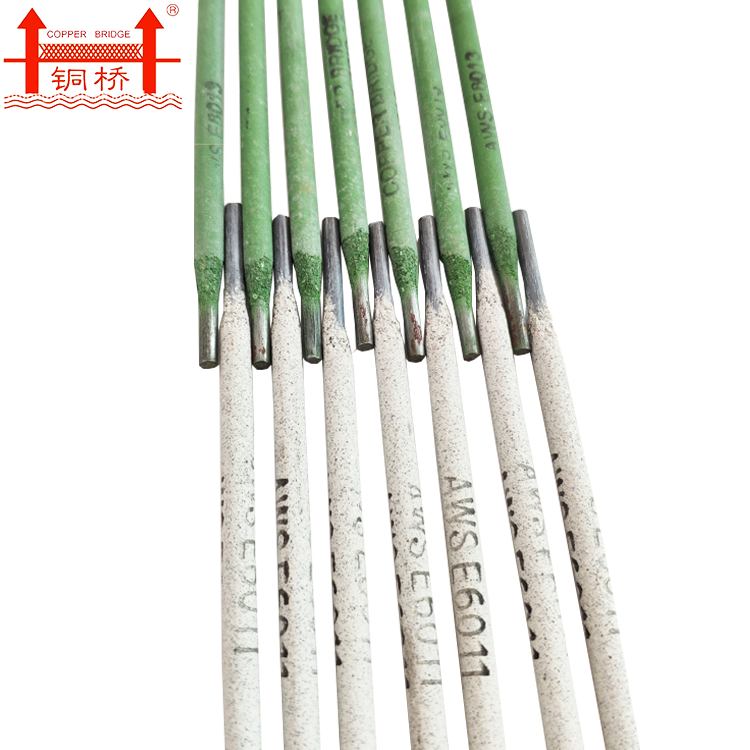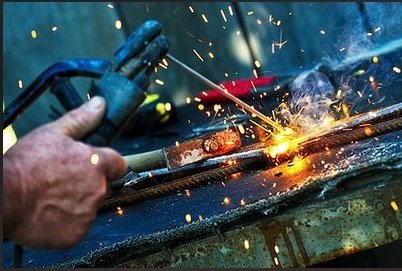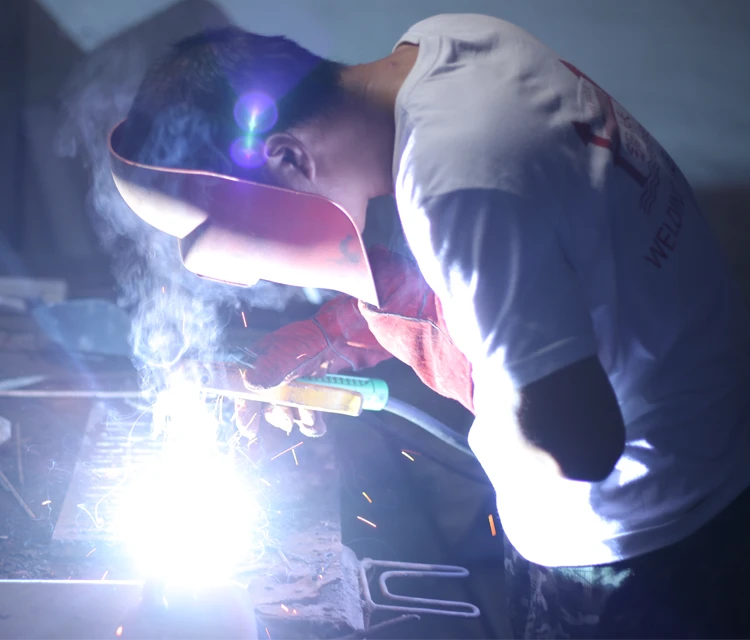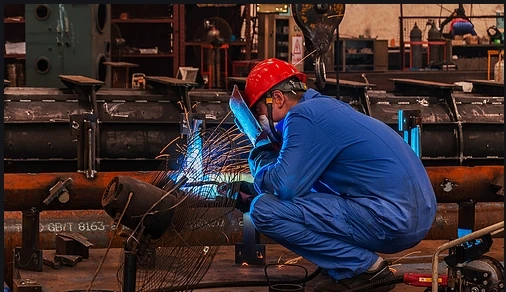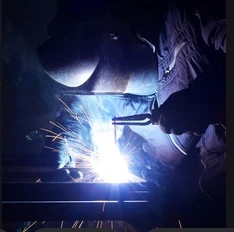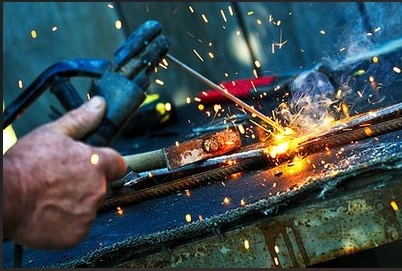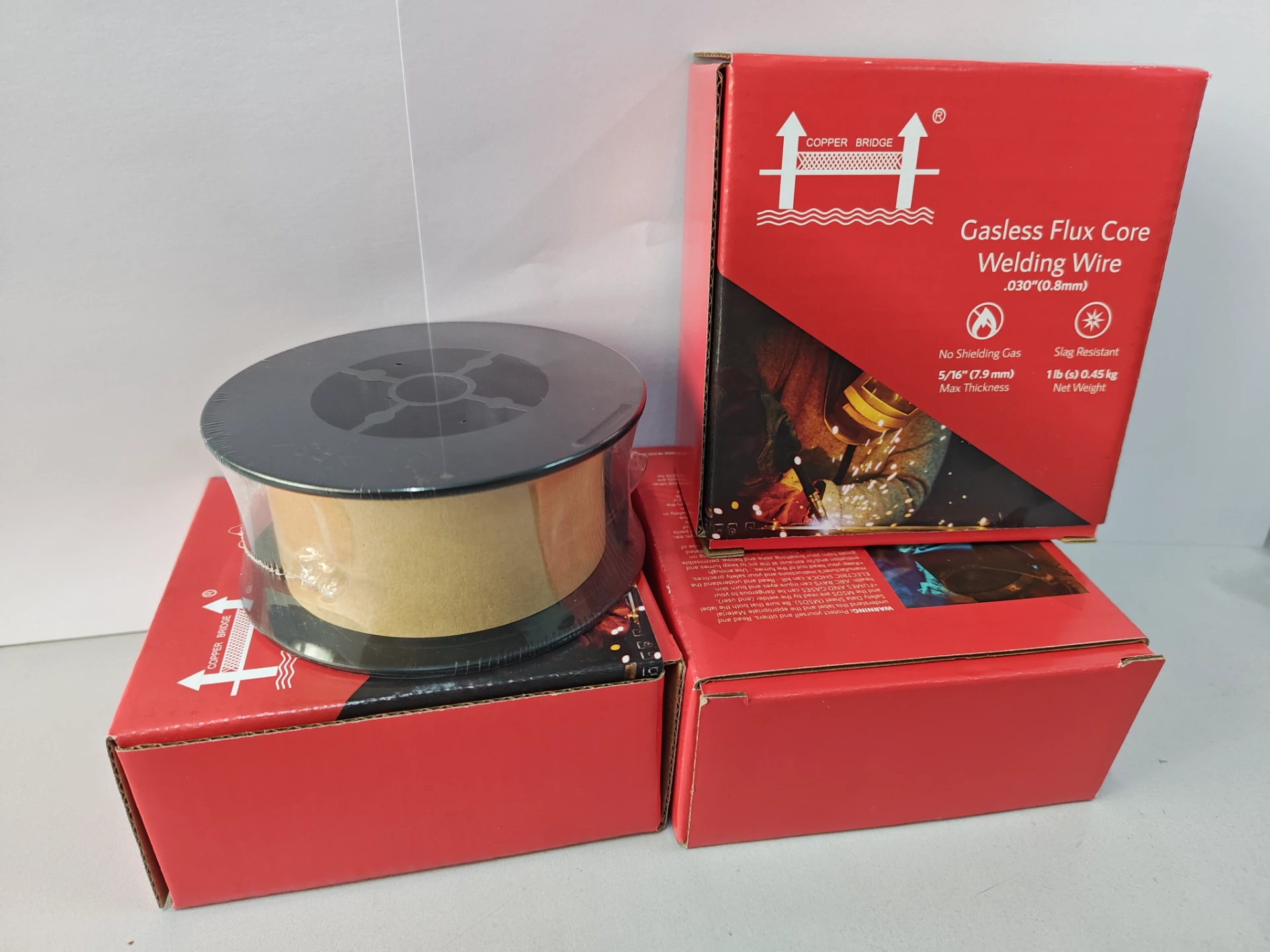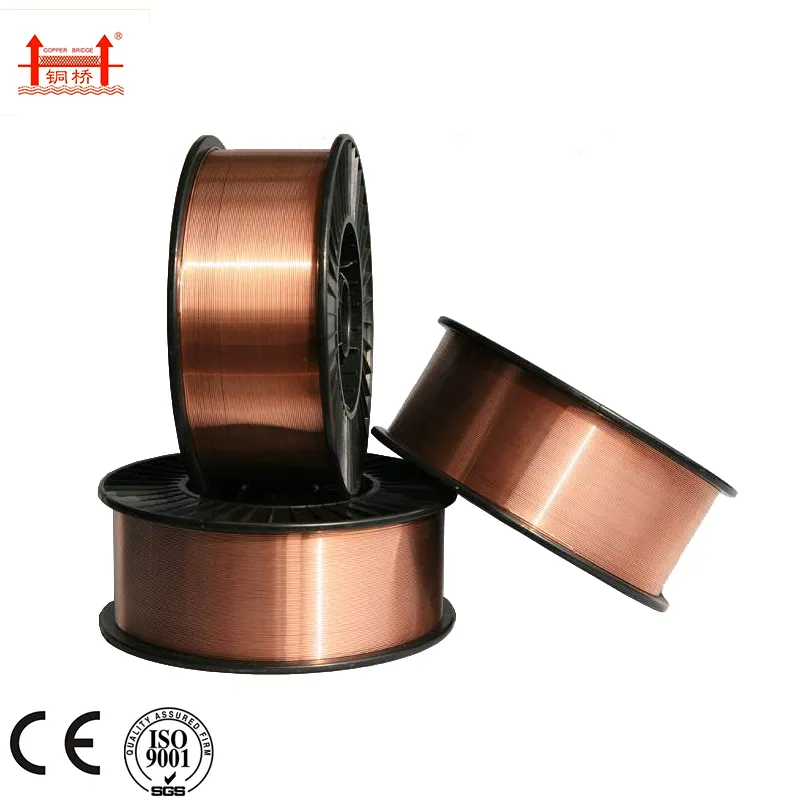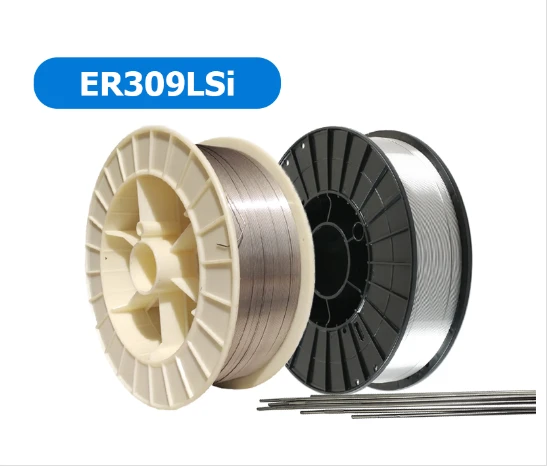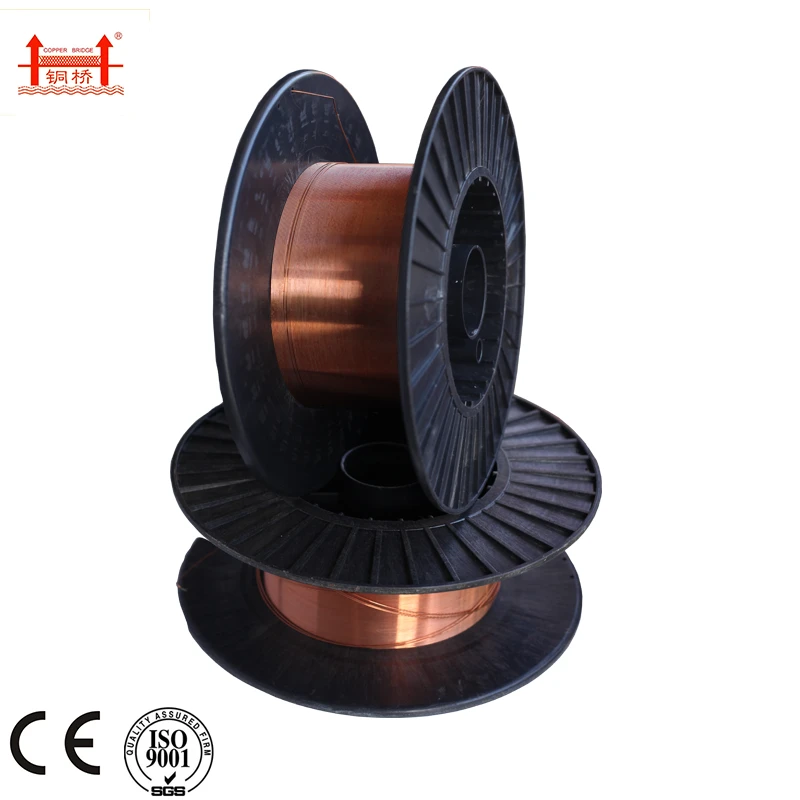AWS E6013 Welding Rod: Easy All-Position Welding & Superior Arc Stability
7月 . 25, 2025 16:01
The welding industry continues to evolve, but certain workhorses remain indispensable across fabrication shops globally. Among these essential components is the AWS E6013 welding rod, specified by the AWS A5.1 standard as E6013. Known for its exceptional versatility and user-friendly characteristics, the AWS E6013 welding electrode offers solutions across numerous applications and industries. As manufacturing processes advance and infrastructure demands increase, these rutile-coated carbon steel electrodes maintain their position as the top choice for all-position welding operations requiring excellent process performance.
According to recent market analysis reports, the global welding consumables market continues to grow at a CAGR of 6.2%, with AWS E6013 welding electrodes representing nearly 25% of all mild steel electrodes consumed worldwide. This market dominance stems from the electrode's balanced characteristics that accommodate both novice and experienced welders, particularly in construction, automotive repair, and maintenance operations.
Manufactured to exacting standards by Dingzhou Jinlong Metal Production Co., Ltd., our AWS E6013 welding electrode combines exceptional quality with:
Universal Polarity
Compatible with both AC and DC power sources, providing flexibility across diverse workshop environments and equipment capabilities.
All-Position Capability
Engineered to perform optimally in flat, horizontal, vertical, and overhead positions with equal efficiency and reliability.
Exceptional Performance
Excellent welding process performance ensures smooth operation and consistent results across various applications.
User-Friendly Operation
Features easy arc initiation, stable arc characteristics, minimal spatter, and beautiful weld appearance.
AWS E6013 Technical Specifications & Parameters
The AWS E6013 welding rod offers distinct performance characteristics determined by its specific classification within the AWS system. Understanding these technical parameters is essential for selecting the right electrode for your application:
| Parameter | Value | Description |
|---|---|---|
| Classification | AWS A5.1 E6013 | Meets American Welding Society specifications for mild steel electrodes |
| Electrode Diameter | 2.5mm - 5.0mm | Available in standard sizes including 2.5mm, 3.2mm, 4.0mm, and 5.0mm |
| Tensile Strength | Minimum 60,000 psi | 420 MPa minimum tensile strength per AWS specifications |
| Yield Strength | Minimum 50,000 psi | 345 MPa yield strength minimum |
| Elongation | 17% minimum | Percent elongation in 2 inches (50mm) per AWS requirements |
| Coating Type | Rutile coating | Titanium dioxide-based coating that provides good slag detachability |
| Covering Factor | 28-32% | Weight percentage of flux coating relative to entire electrode |
| Moisture Sensitivity | Low | Does not require special storage or rebaking procedures |
Performance Data Visualization: AWS E6013 Welding Parameters
Industrial Applications & Use Cases
The versatility of AWS E6013 welding electrodes makes them suitable for a wide range of applications across multiple industries. Their exceptional operating performance and ease of use position them as the preferred choice for:
Construction & Structural Fabrication
Essential for structural steel connections, framework welding, and bridge components where moderate strength requirements and aesthetic appearance are priorities.
Automotive & Transportation Repair
Widely used in auto body repairs, trailer manufacturing, and chassis fabrication due to excellent handling characteristics on light gauge materials.
General Maintenance & Repair
Perfect for maintenance work across industries including farm equipment repairs, machinery maintenance, and infrastructure upkeep.
Pipe & Tubing
The electrode's stable arc and good penetration characteristics make it suitable for low-pressure piping systems and tubing installations.
AWS E6013 Welding Rod Visual Gallery
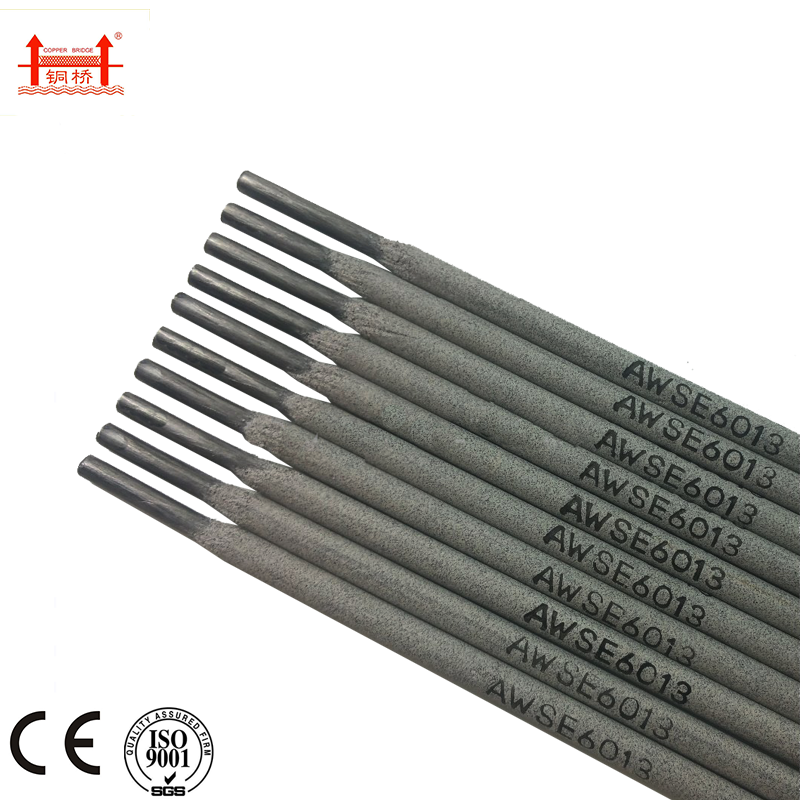


Professional FAQ: AWS E6013 Technical Expertise
A: While all fall under AWS A5.1 mild steel electrodes, E6013 has a rutile coating that differs significantly from the cellulose coatings of E6010/6011. Rutile coatings produce less penetrating welds with finer ripple appearance, lower spatter levels, and offer much easier arc striking. Crucially, E6013 electrodes work equally well on AC or DC current, unlike the DC-only requirement for E6010 electrodes.
A: For 2.5mm diameter welding electrode 6013, optimal DC welding current typically falls between 50-80 amps depending on welding position. For vertical-up positions, lower settings (50-70A) are advised. The precise amperage varies by manufacturer specifications – for Jinlong's E6013 2.5mm electrodes, we recommend 55-75A DC or 65-85A AC for flat/horizontal positions.
A: While possible with proper ventilation, we recommend removing galvanizing layers from the weld area first. Zinc fumes from galvanized coatings can cause porosity in E6013 welds. Where complete zinc removal isn't possible, special zinc-tolerant electrodes may be preferable. E6013's rutile coating helps with slag detachability on contaminated surfaces but doesn't eliminate zinc vaporization issues.
A: When stored in original airtight container111s at temperatures of 4°C-38°C (40°F-100°F) and relative humidity below 50%, AWS E6013 welding rods maintain optimal performance for 24-36 months. Unlike low-hydrogen electrodes, rutile-coated E6013 don't require baking prior to use. Visual inspection for discolored or damaged coatings is sufficient before use.
A: For Jinlong's E6013 electrodes, deposition efficiency averages 92-95% when used by skilled welders. Actual values depend on electrode manipulation technique, welding parameters, and equipment setup. Compared to E6010's 85-90% efficiency, E6013 reduces material waste significantly.
A: Yes, particularly for low to medium pressure piping systems. Their excellent positional welding capabilities suit fixed pipe joints. While E6013 isn't classified as a "pipe electrode" specifically, it works exceptionally well for schedule 40 and lighter wall pipe using a whipping technique. For critical process piping, always confirm suitability with applicable welding procedure specifications (WPS).
A: Among non-specialized electrodes, E6013 demonstrates better tolerance to surface contaminants than cellulose types. Its rutile coating produces a thicker slag that can "float out" moderate oxidation. However, proper surface preparation remains best practice for structural integrity. AWS D1.1 codes generally require clean surfaces regardless of electrode type for code welding.
"The operational characteristics of rutile-coated electrodes including AWS E6013 make them exceptionally suited for all-position welding applications where moderate strength requirements are specified. With low spatter and easy slag removal, they offer significant productivity advantages in construction environments where multiple passes and position changes are routine." – International Materials Reviews (Vol. 65, Issue 4). View Research
Additional Research Sources:
 Pervious
Pervious
This is the first article
Related Products
Related Video
Related News


